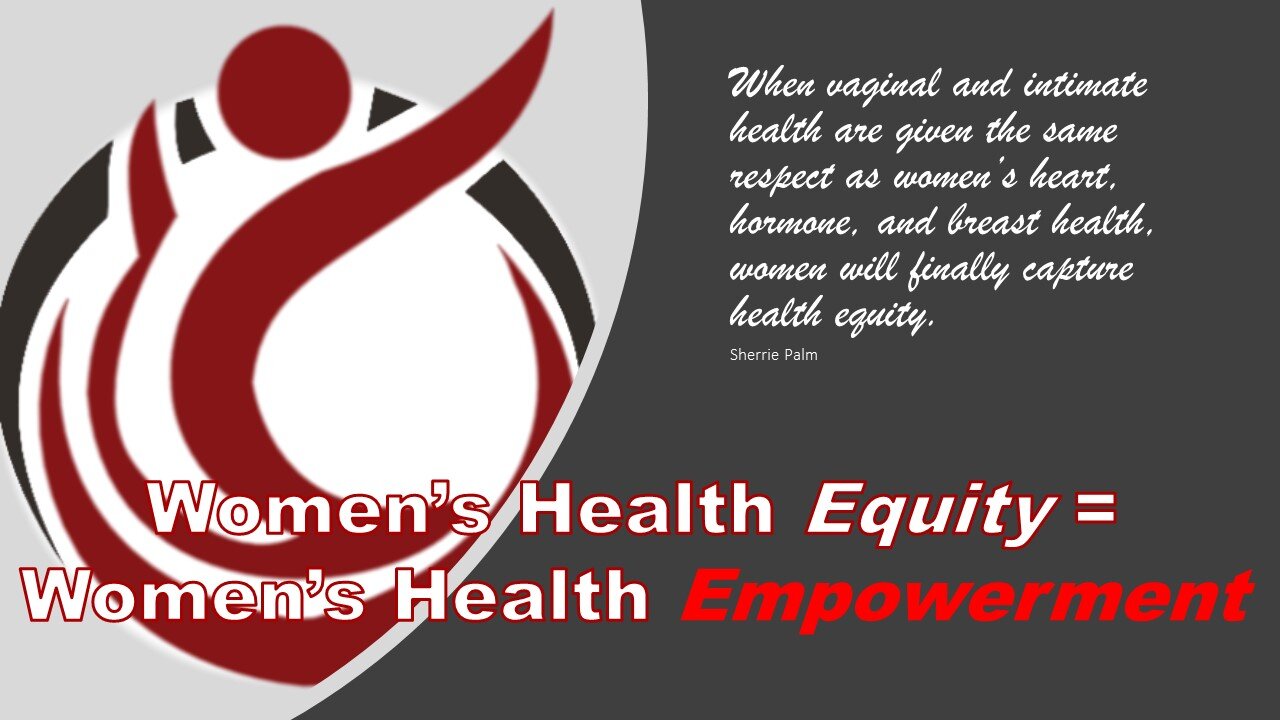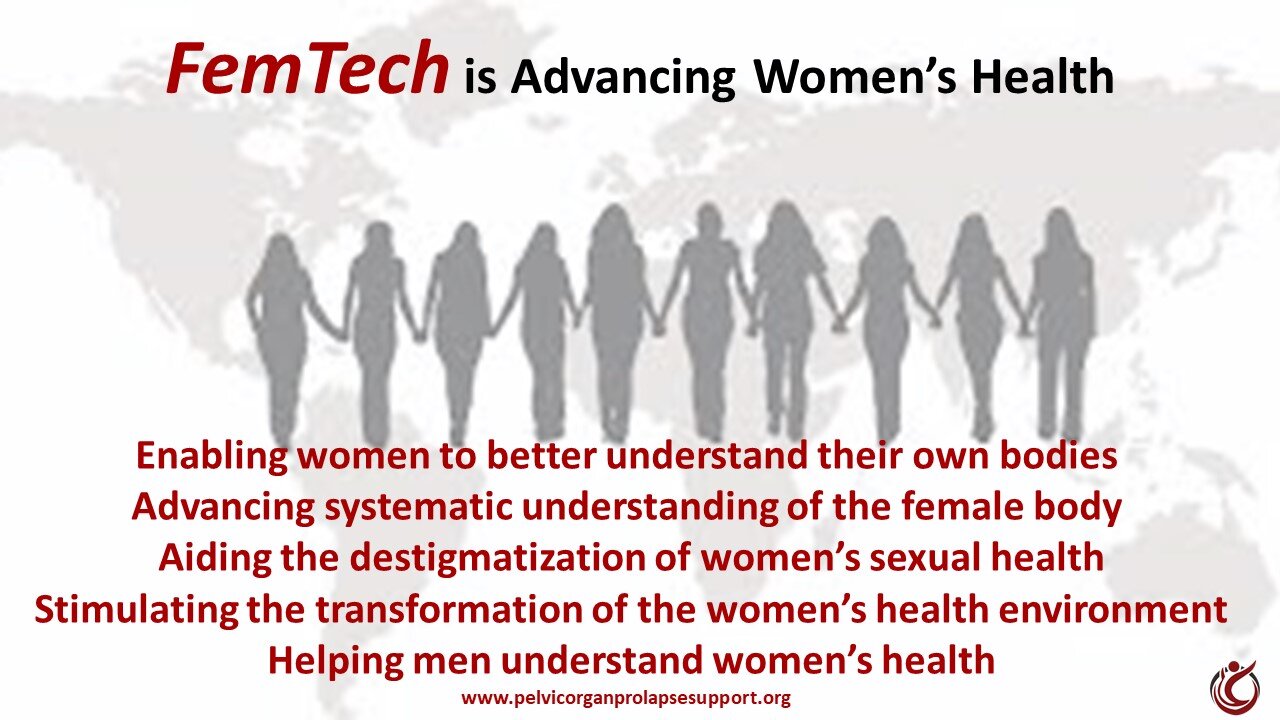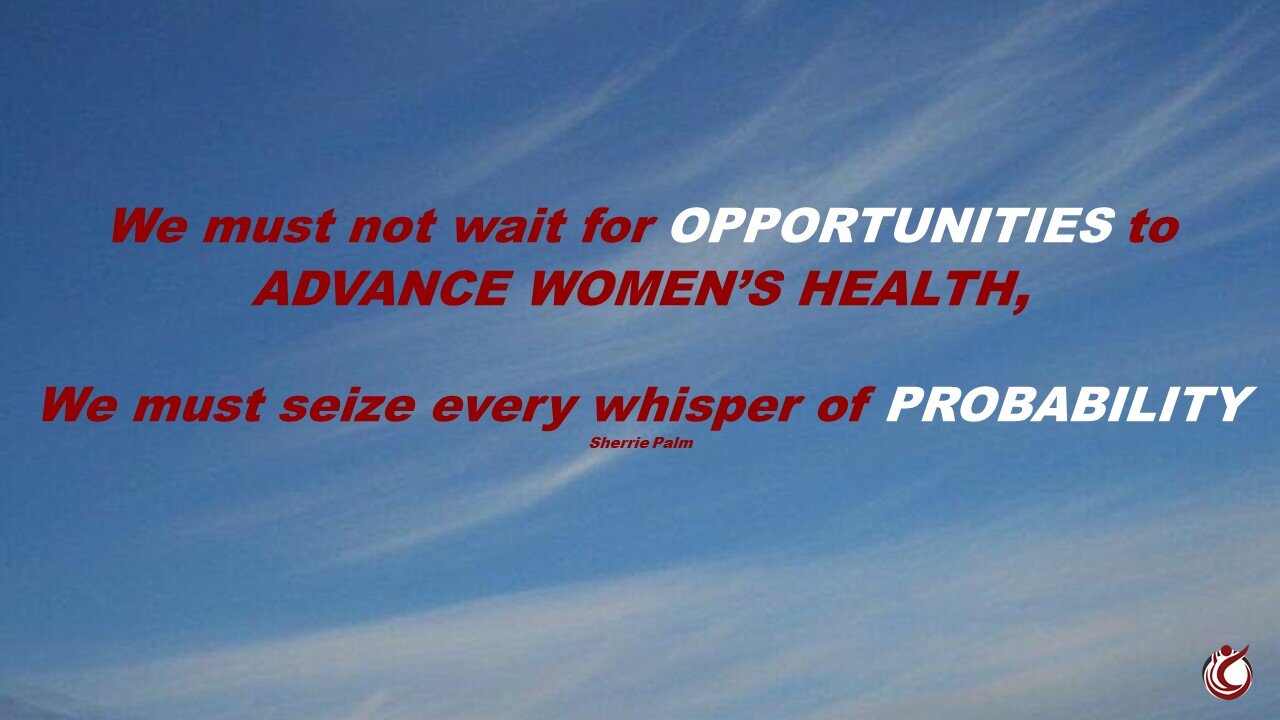Both #Femtech and #Medtech have pivotal roles to play in women’s health evolution.
Everyone thinks their baby is the cutest or the smartest; medical entrepreneurs are no different. Accomplishing medical innovation success is no easy task. Securing approval from regulatory agencies and funders is an incredibly frustrating and lengthy burden for innovators to navigate. Even if the vision is stellar, the barriers to move forward are incredibly challenging to overcome, inhibiting all but the bravest, most determined. While Femtech forums, incubators, and posturers wax on about Femtech efforts to snag millions to enable development of vision, I ponder whether the world at large is missing the big picture and most valuable focal point. Shouldn’t innovating and optimizing health and healthcare be at the forefront of the healthcare conversation regardless the gender innovating? And shouldn’t innovations to address needs in female health that have been long overlooked related to the stigma that still encases some aspects of women’s health be the pivot point?
I was advised a time or two about business in my late twenties by my great uncle Norm. He planted a seed the day he said to me “you come from a long line of strong women.” His comment didn’t strike me immediately, rather echoed in my head for decades and continues to do so to this day. Clearly I am all for equal female everything given my engagement and activities as both advocate and activist in pelvic organ prolapse and vaginal/intimate health energy, zones that remain highly stigmatized. I feel women have every right to chase everything/anything that they feel passionate about achieving. I’ve certainly had my fair share of doors slammed in my face over the years to recognize the ups and downs of innovation. That being said, I often feel that Femtech energy is missing the big picture when they repetitively spotlight funding, rather than focus on the health conditions and issues not being appropriately or sufficiently addressed in today’s continually expanding female healthcare realm.
I get it when it comes to the need for and value of an increase in females engaging in science, technology, engineering, and mathematics (STEM); women certainly have as much intelligence and capacity to innovate outside the box as men. And clearly female innovators understand women’s health issues on a more intimate level. Some amazing women with incredible tenacity have revolutionized foundations of health over the course of their lives. But let’s not forget the men who have provided ground-breaking change in women’s wellness, the pivot point being optimizing health, regardless which sex the visionary is. Let’s take a walk down memory lane, and then shift gears and brain-pick a modern-day female innovator, letting the lines of distinction between Femtech and Medtech blur a bit.
The Greek physician Metrodora refused to follow the traditional path of women in medicine between the third and fifth century in Florence, Italy, steering clear of midwifery. The book she wrote Diseases and Cures of Women, the first alphabetical medical encyclopedia, covers a wide variety of female medical topics. In the twelfth century Salerno, Italy was the nucleus of medicine in Europe, and was famous for having the first medical school with hospitals acquiring a world-wide reputation for excellence. Trotula was a physician and an instructor at the School of Salerno, and is considered the world's first gynecologist. Clearly both of these women were female health focused and certainly game-changers. However, we must acknowledge the value of women innovators in health for the benefit of both sexes, such as Letitia Geer for development of the modern medical syringe in 1899. Marie Curie, the first person and only woman to win the Nobel Prize twice, helping lay the foundation for the development of the x-ray and as well as cancer treatments in the early 1900’s. In 1986 Patricia Bath, both the first African American to finish a residency in ophthalmology in 1973 and the first African American female physician to win a medical patent in 1988, invented a laser-based system that made removal of cataracts more accurate and less painful. In 1991, Ann Tsukamoto developed a technique to isolate stem cells which led to advances in oncology. While not all of these advances are female specific, they all benefit women.
And let’s not overlook the innovations developed by men to advance women’s health. George Nicholas Papanicolaou was the pioneer designing the Papanicolaou test in the 1923 (commonly known as the Pap test), which transformed early detection of cervical cancer. Twenty years later in 1943, the Pap was finally acknowledged as a medical breakthrough. In the late 1950s, Robert Egan devised a method of screening mammography, publishing his results in 1959, and shared his insights in a 1964 book called Mammography. Nobel prize winner Robert Edwards MD developed human in vitro fertilization (IVF), and as a result the first “test-tube” baby was born in 1978 to much fanfare.
Clearly, both women and men have played a significant role in the evolution of health for women. And based on conversations I’ve had with the multitude of innovators I network with, both female and male, they all struggle for funding.
Advances in women’s pelvic, vaginal, and intimate health are critical, as is their de-stigmatization. So the question I ponder is shouldn’t our focus be on driving innovation in women’s health in aspects of dire need or health issues shrouded in stigmatized silence, regardless the gender of the innovator or incubator sitting at the helm? Yes, we women deserve to engage in any field of expertise we so desire if our skill set enables us to get the job done effectively. Likewise, we women deserve to be equally paid, equally respected, and in the case of innovators/entrepreneurs, equally funded. At the end of the day, the focus should be on innovation in health, regardless the gender of the innovator, female or male. To dismiss the efforts of men pushing development forward in pandemic aspects of women’s health such as pelvic organ prolapse or stress urinary incontinence treatment is shooting efforts to advance women’s wellness in the foot.
Because the health market is currently ripe in women’s health development, it is also ripe for less than stellar treatments, devices, or procedures that may not optimize solutions. As is the case with any trend, this is a concern. While surgeons are savvy about how to discern the real deal from the snake oil, patients with less access to research, studies, and FDA documentation are not always as able to access accurate information. One of the perks of being a patient advocate and women’s health activist is the opportunity to test various innovations. The majority of the treatments I’ve tried haven’t impressed me much; I don’t have a placebo susceptible cell in my body. Those I test that pass the initial weeks of experimentation have my full attention, but I refrain from judgment until a test period is complete to assure I recognize issues as well as perks. I advise every device innovator who approaches me that I’m not easily amazed, nor do I sugar-coat evaluations. When I see a developer’s name lauded in media related to an innovation that failed to make it past my litmus test, I wince, because I know that while that device is unlikely to do harm, it is doubtful it will help much, wastes the purchaser’s money, and more significantly, depletes hope. The innovator gets a bit of light shined on them, and Femtech is lifted up, but at what cost to women’s health evolution?
As a pelvic organ prolapse patient advocate and a vaginal and intimate health women’s activist, my days (and truth be told, many nights) are filled with concerns about what we aren’t getting done, what we could do better, and what are we missing in the big picture. When 50% of the women of the world have unmet or insufficiently met needs, the status quo must be addressed in any way/shape/form possible. The reality is patients don’t care whether it’s a man or woman who invents the next ground-breaking, mind-blowing, stellar innovation to address unmet needs of any health condition.
The World Health Organization defines health as a state of complete physical, mental, and social well-being and not merely the absence of disease or infirmity. At the end of the day, those suffering health concerns, whether they are physical, emotional, or both (especially those suffering in silence), simply want to feel good again.
#APOPS #womenshealthempowerment #EveryVoiceMatters
#Femtech #Medtech








